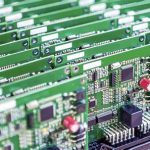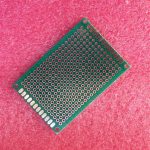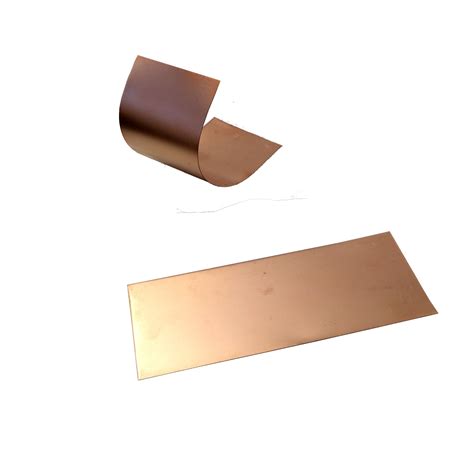
Blog
-
Copper and the Board Edge
Posted by
–
 Read more: Copper and the Board Edge
Read more: Copper and the Board EdgeUnderstanding the Importance of Copper in PCB Design Copper is a crucial component in the design and manufacturing of printed circuit boards (PCBs). It plays a vital role in ensuring the proper functioning and reliability of electronic devices. In this article, we will explore the significance of copper in PCB […]
-
Hi-speed designs seminar
Posted by
–
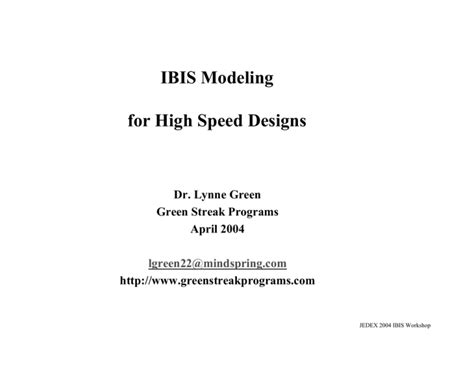 Read more: Hi-speed designs seminar
Read more: Hi-speed designs seminarIntroduction to Hi-speed Design Hi-speed design refers to the process of designing electronic systems and circuits that operate at very high frequencies, typically in the gigahertz (GHz) range. As technology advances and demand for faster data transmission and processing increases, hi-speed design has become increasingly important in various fields, such […]
-
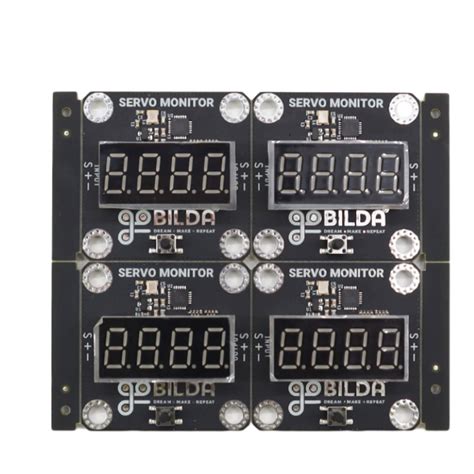 Read more: Brief Talk About Heat Dissipation Of Aluminum PCB and Its Design Method
Read more: Brief Talk About Heat Dissipation Of Aluminum PCB and Its Design MethodIntroduction to Aluminum PCB and Heat Dissipation Aluminum PCBs have gained popularity in recent years due to their excellent thermal conductivity and heat dissipation properties. Unlike traditional FR-4 PCBs, aluminum PCBs use an aluminum substrate as the base material, which effectively transfers heat away from electronic components. This makes them […]
-
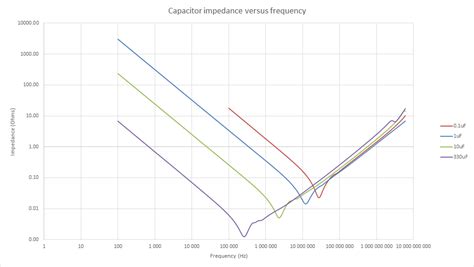 Read more: Bypass capacitor and decoupling capacitor difference
Read more: Bypass capacitor and decoupling capacitor differenceWhat are Bypass and Decoupling Capacitors? Bypass capacitors and decoupling capacitors are two types of capacitors commonly used in electronic circuits to help reduce noise and stabilize power supply voltages. While they serve similar purposes, there are some key differences between bypass and decoupling capacitors in terms of their placement, […]
-
Bypass capacitor & decoupling capacitor
Posted by
–
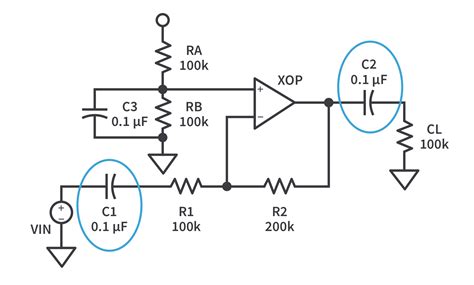 Read more: Bypass capacitor & decoupling capacitor
Read more: Bypass capacitor & decoupling capacitorWhat is a Decoupling capacitor? A decoupling capacitor, also known as a bypass capacitor, is a type of capacitor used in electronic circuits to minimize noise and stabilize the power supply voltage. Its primary function is to suppress high-frequency noise and transient voltage spikes that may occur on the power […]
-
Dielectric Constant Value For FR-4 Material
Posted by
–
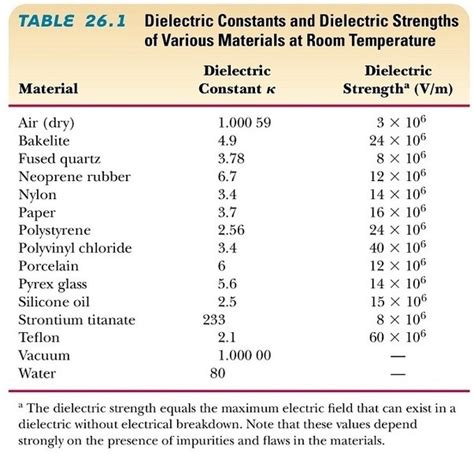 Read more: Dielectric Constant Value For FR-4 Material
Read more: Dielectric Constant Value For FR-4 MaterialWhat is the Dielectric Constant? The dielectric constant, also known as the relative permittivity (εr), is a dimensionless quantity that describes the ability of a material to store electrical energy in an electric field. It is the ratio of the permittivity of a material to the permittivity of free space […]
-
Creating A PCB In Everything with Fritzing
Posted by
–
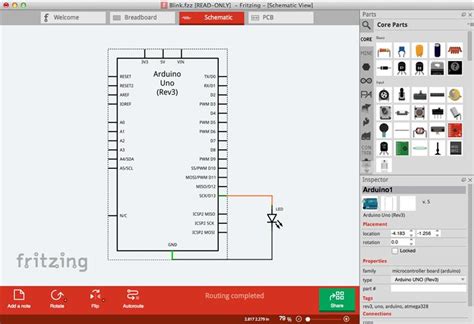 Read more: Creating A PCB In Everything with Fritzing
Read more: Creating A PCB In Everything with FritzingIntroduction to PCBs and Fritzing Printed circuit boards, or PCBs, are the foundation of nearly all modern electronics. These boards mechanically support and electrically connect electronic components using conductive pathways, tracks or signal traces etched from copper sheets laminated onto a non-conductive substrate. Designing custom PCBs used to require specialized […]
-
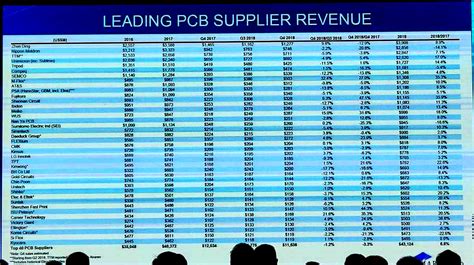 Read more: China PCB Industry Ranking & Domestic PCB Enterprise Ranking
Read more: China PCB Industry Ranking & Domestic PCB Enterprise RankingOverview of the Chinese PCB Industry The Printed Circuit Board (PCB) industry in China has experienced remarkable growth over the past few decades, establishing the country as a global leader in PCB manufacturing. China’s PCB industry has benefited from the country’s vast labor pool, competitive costs, and supportive government policies. […]
-
Comprehensive Guide to X-ray Inspection
Posted by
–
 Read more: Comprehensive Guide to X-ray Inspection
Read more: Comprehensive Guide to X-ray InspectionIntroduction to X-ray Inspection X-ray inspection is a non-destructive testing (NDT) method that utilizes electromagnetic radiation to penetrate materials and create images of their internal structure. This technology has a wide range of applications across various industries, including manufacturing, healthcare, security, and research. In this comprehensive guide, we will explore […]
-
Creating A PCB In Protel Autotrax
Posted by
–
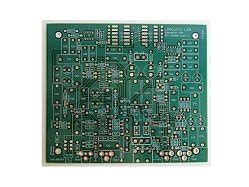 Read more: Creating A PCB In Protel Autotrax
Read more: Creating A PCB In Protel AutotraxIntroduction to PCB Design with Protel Autotrax Printed Circuit Boards (PCBs) are essential components in modern electronics. They provide a stable and efficient way to connect electronic components in a compact and organized manner. Designing PCBs can be a complex process, but with the right tools and knowledge, it can […]
